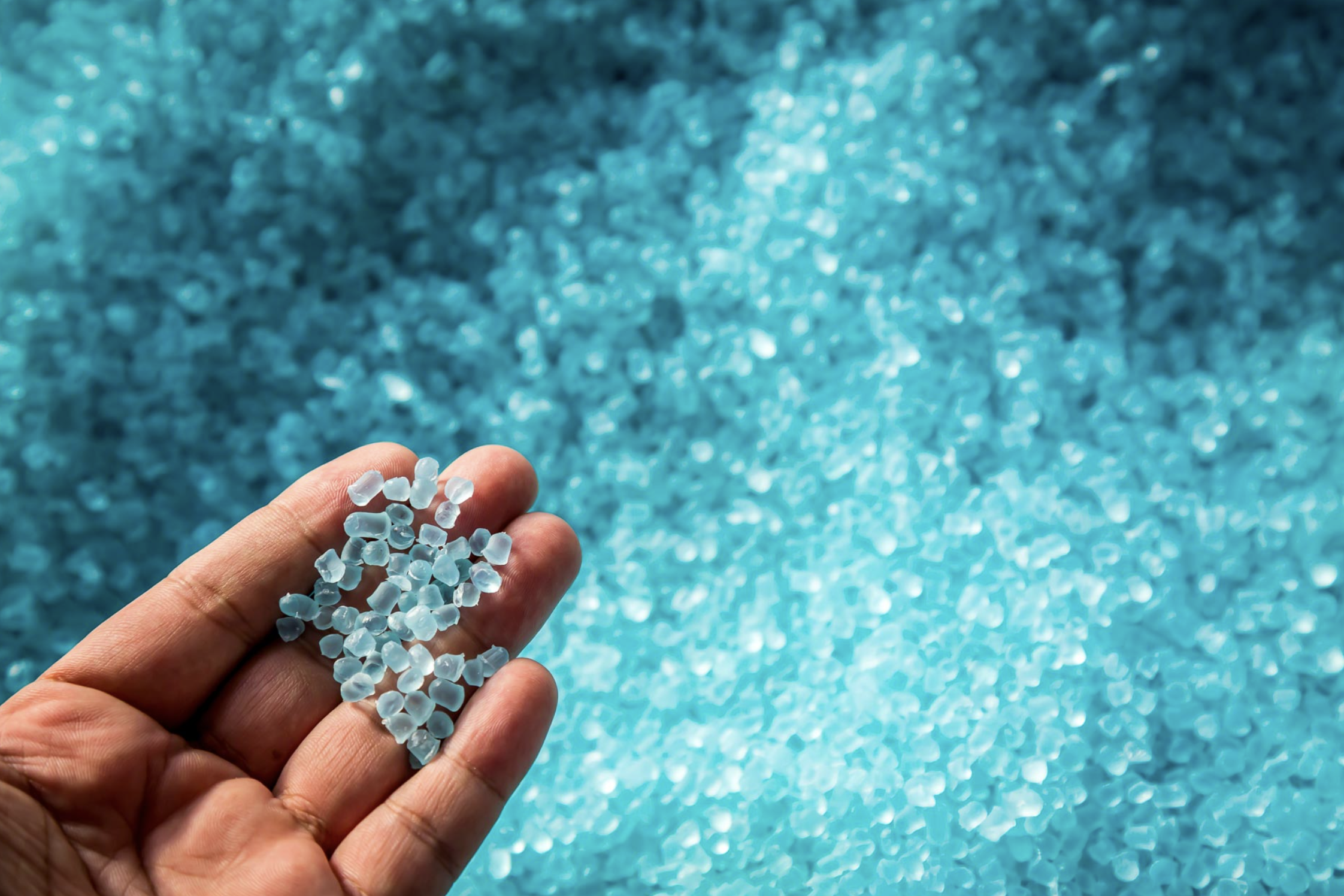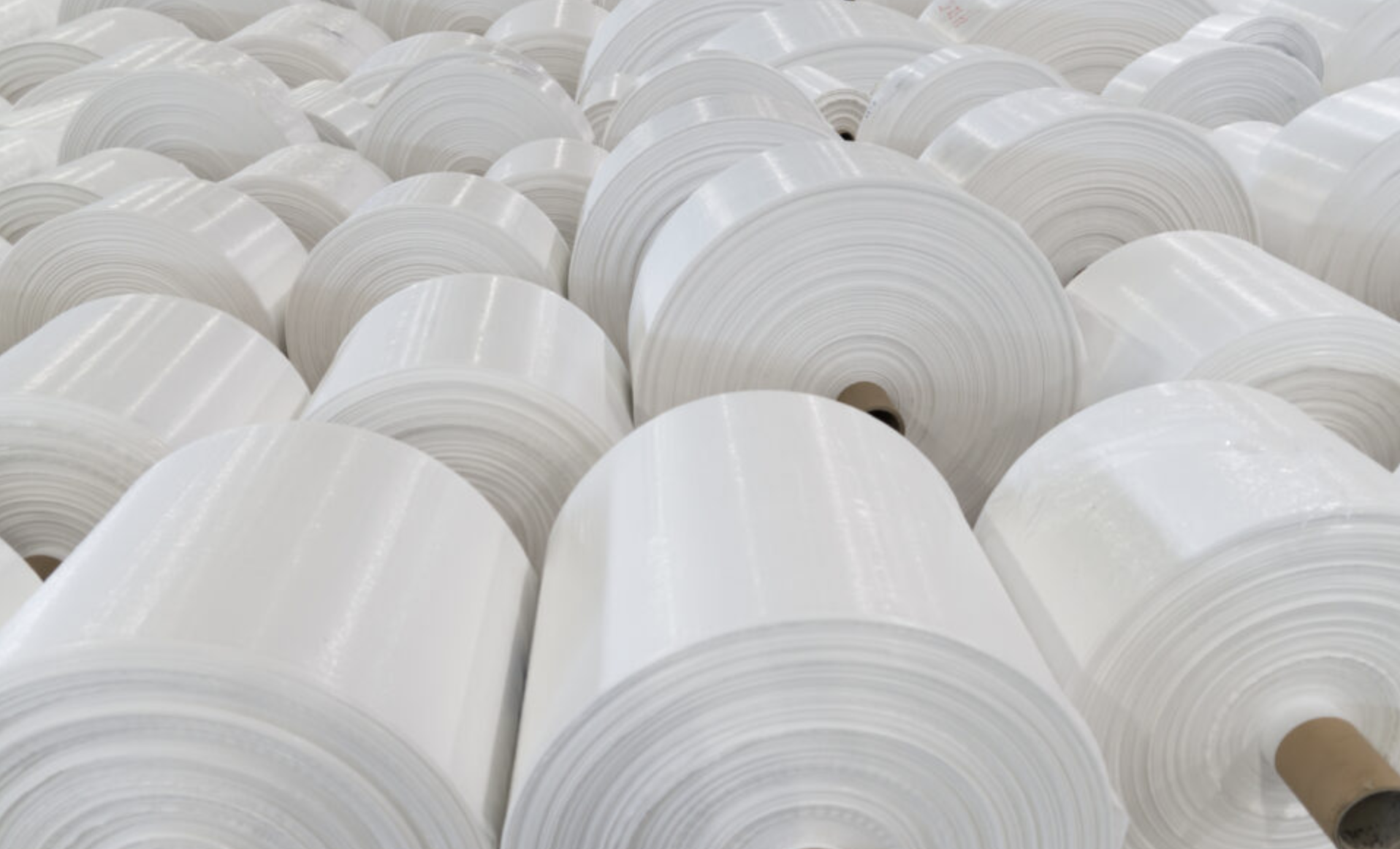Antimicrobial Bag Benefits
During the production process, antimicrobial technology may be included in reusable bags. Recycled additives plastic pellets are molten to produce a foundation for making an antibacterial reusable bag out of non-woven polypropylene (PP) fabric. Antimicrobial biotechnology would be introduced into the fluid medium during this procedure, and the molten granules would then be rolled out to form a thin polypropylene sheet.
The well-known, sturdy, waterproof plastic that compensates each bag for life is then cut, stacked, and pressed from this substance. The bag is ready to use after stitching the edges together and attaching some straps – over and over!
Benefits of Antimicrobial Bags
Antimicrobial bags have a longer lifespan
Antimicrobial compounds have been shown to extend a plastic’s useful life. They’ll strive to reduce the presence of microorganisms that can cause the plastic to decay faster once it’s been incorporated into the material. This means that a product made of antibacterial plastic will stay longer and will be simpler to harvest if discarded improperly.
The usage of antimicrobial bags is more sanitary
The UK government suggested a 25p ‘Latte Tax’ on throwaway coffee cups last year in an attempt to deter people from contributing to the 2.5 million-strong ‘cup mountain’ that plagues our environment every year.
Although the charge has since been repealed, it has resulted in a boom in the purchase of reusable cups, which are not without their own set of problems. Reusable cups, according to Public Health England, can harbour hazardous germs, providing possible health concerns to those who use them.
So, what is the best way to deal with this problem? An antimicrobial abg might be a wonderful consideration for reusable bag producers, in addition to encouraging improved cleaning practices. The chemical in the plastic would reduce the prevalence of hazardous germs in the bag, making it more sanitary to use.
Antimicrobial bags are resistant to stains and smells
It is not unusual for individuals to discard things early owing to their bad appearance. Bacteria are frequently to blame for ugly discolouration and awful odours, causing plastics to become yellow and/or emit nasty odours. Antimicrobial polymers are resistant to the germs that cause these aesthetic failures. Furthermore, the antibacterial chemicals will not alter the clarity or performance of the plastics, implying that consumers will be more willing to retain them for longer.
Antimicrobial bags will last the intended amount of time
Antimicrobial additives, which are added during the manufacturing process, infuse a plastic with antibacterial, antimould, and antiviral qualities for the duration of its projected lifetime. So, whether it’s in a water bottle, a baby toy, or a pipe system, antimicrobial plastic will keep things cleaner for a long time.
Antimicrobial bags are in high demand
Antimicrobial plastic market is likely to surge in the next years, as per Grand View Research, owing to its extensive integration in wrapping and consumer items. Plastics are also becoming more popular as a replacement for conventional materials in medical devices such as medical ventilators and anaesthetic machines.





